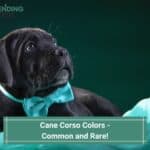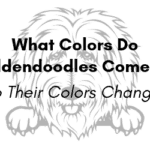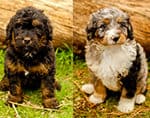
Havanese are known for their loyalty, affection, and coat varieties. These little dogs have coats that range from pure white to pure black with a myriad of colors in between.
Their coat colors can also change over time, making it hard to determine what color the coat will be when they are adults.
Regardless of the color of Havanese you choose, you will end up with a fun and loving companion who will stay by your side and bring you years of happiness.
What are the best Havanese colors? The best Havanese colors are those that are recognized by the AKC and the official breed club. Those colors include blue, sable, black, cream, red, silver, white, fawn, chocolate, brindle, and gold. It is common to see these colors paired with another color, such as black and silver or red sable.
If you are trying to decide what color Havanese to bring into your home, read on to learn about the different colors available and how those colors can change as the puppy ages.
Best & Most Popular Havanese Colors
Havanese come in a variety of colors, including merle, apricot, and various unique brindles. While these colors are just as beautiful, they are not considered standard for the breed.
Here are the colors that are recognized by the AKC and the official breed club.
Sable Havanese
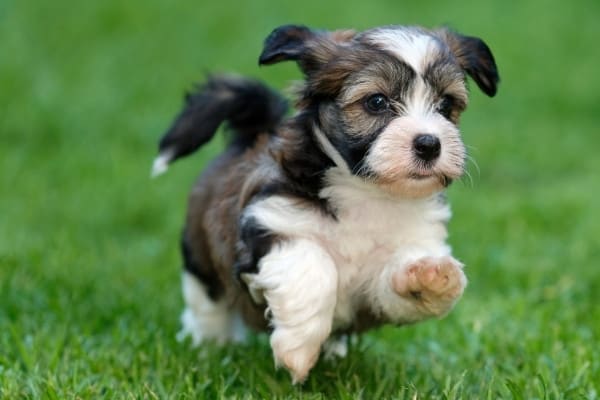
Sable Havanese can be red sable, silver sable, fawn sable, gold sable, or chocolate sable, and the sable color is often paired with white. As puppies, sable Havanese coats can display dark patches.
As the dog gets older, the dark colors tend to gray or fade and become less noticeable.
This color changes more than any other Havanese colors, and many adult sable Havanese look completely different.
Black Havanese
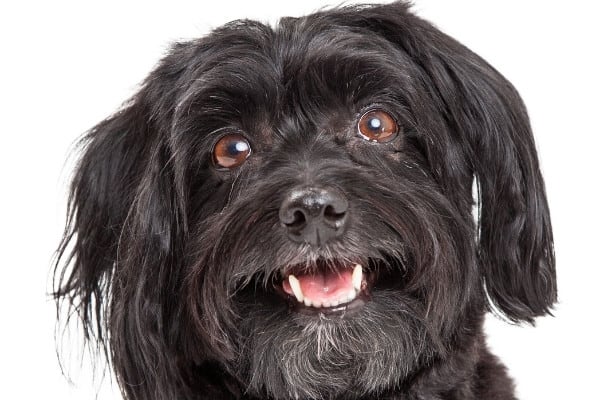
Black Havanese have a deep, black color with a glossy shine. There should be no hints of red or brown for a Havanese to be considered pure black.
The coat color does not change as the dog ages. Some Havanese have black coats with brown, white, or silver on the eyebrows, cheeks, nose, and/or chest.
In bicolored dogs, this color is commonly seen in conjunction with white, tan, silver, and brindle. Black Havanese are some of the most common and popular.
Cream Havanese
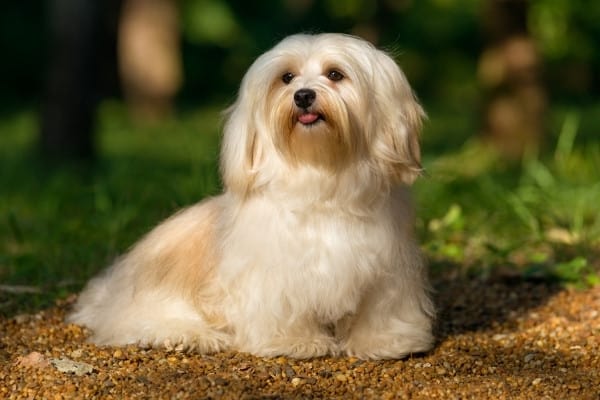
Cream Havanese can range from an off-white shade to a light tan color. They can also have patches of various shades of cream.
The coat can also have golden undertones. It can lighten as the puppy becomes older until it appears almost white.
Red Havanese

Red Havanese can have orange to dark reddish-brown coats.
They can also have patches of white and light brown. Sometimes the tips of the hairs are a brighter or darker red than the rest of the coat.
Red brindle is a beautiful variation of the red color.
Silver Havanese

Silver Havanese have coats that range from a soft gray to a dark smoky color. They are born with dark hair, but it lightens as they get older.
Some portions of hair may stay dark even after the Havanese is fully grown. White patches can also be present.
The silver color often occurs along with black, sable, or brindle.
White Havanese
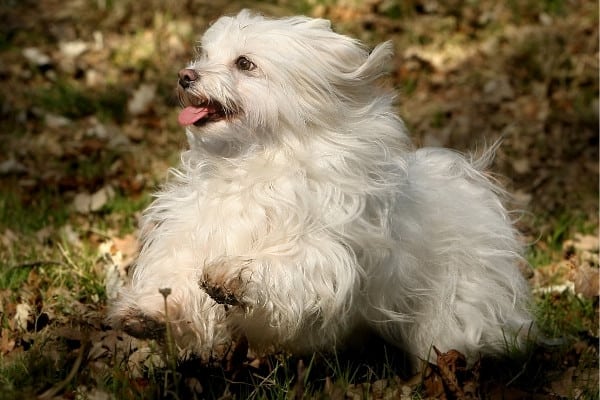
White Havanese can be pure white or have patches of varying shades of white. To be considered a standard white Havanese, the coat should not include any other colors.
Other colors of Havanese may have patches of white present.
Fawn Havanese
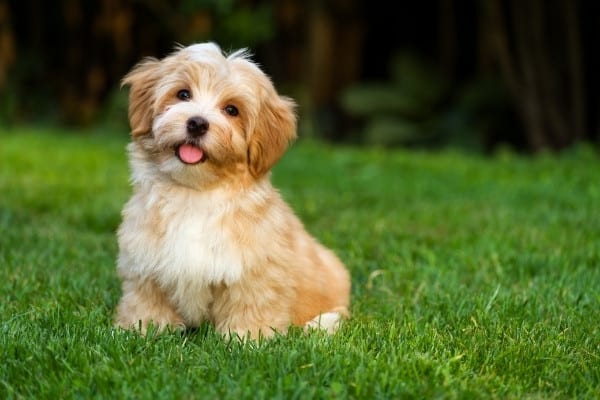
Fawn Havanese are light brown to dark blonde. They can have patches of white or dark brown as well.
Lighter hair is often present on the stomach and chest, while darker hair is present on the back, head, and ears.
Fawn brindle and fawn sable are also possible.
Gold Havanese
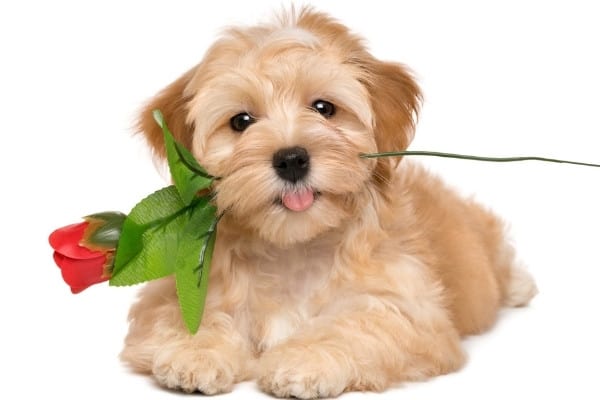
Gold Havanese can range from a sandy brown to an apricot color. The back, neck, ears, and head are often a dark shade of tan, while the rest of the body is lighter and more golden.
Gold Havanese can also have patches of white, cream, and fawn, and gold sable and gold brindle are popular as well.
Rare & Unusual Havanese Colors
Some Havanese colors are harder for breeders to achieve because the genes that produce them are recessive.
The parents of the puppies may be different colors, but both must carry a recessive gene for the color of puppy the breeder wishes to produce. These colors are considered rare and unique.
Blue Havanese
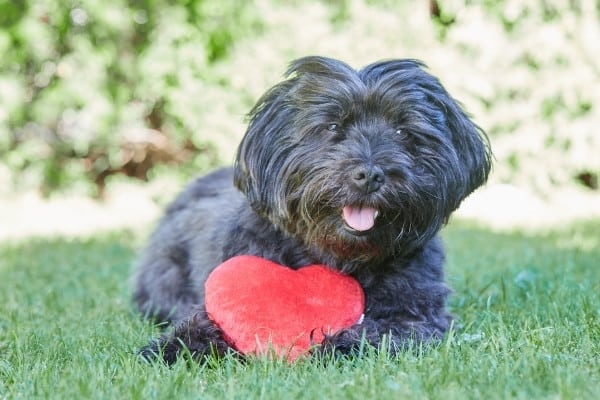
Blue Havanese have coats that range from deep black to a soft charcoal color. Puppies are born with black coats, and they will gradually change to a blue color as they age.
Many blue Havanese maintain their dark coats until they are over a year old. As the coat changes, it starts to become duller and can fade from black to brown to blue.
Chocolate Havanese
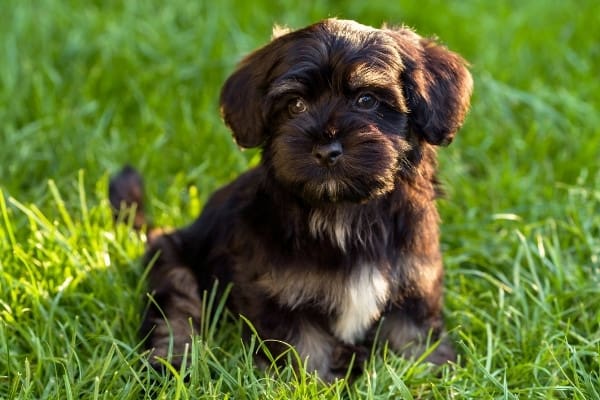
Chocolate Havanese have liver-colored fur. They are also unique in that their nose and lips can be chocolate as well. Many Chocolate Havanese also have light yellow to green eyes.
Chocolate brindle and chocolate sable are lovely variations of this brown coloration.
Brindle Havanese
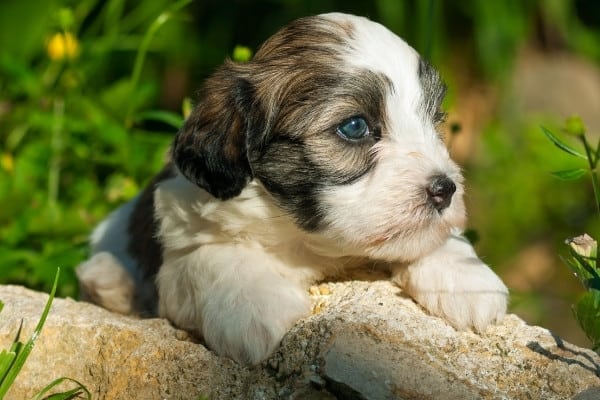
Brindle Havanese have a truly unique look with fur that comes in many different colors.
Brindle Havanese can have patches of white, black, brown, gray, and even red. They can also have a striped appearance.
Havanese Color Change
Havanese are known for having color-changing coats. Many colors of Havanese will fade or lighten as the puppy ages.
Solid black-and-white coats are less likely to change, but most other colors will have some type of change.
Brindles, merles, and sables are the most likely to fade or lighten and typically turn to a silver or gray color.
Related Questions:
What Is the Most Common Havanese Color?
Black is the most common Havanese color. Other common colors include white, cream, and silver.
Do All Havanese Change Color?
All Havanese do not change color. Many dark-colored Havanese will have coats that lighten as they age.
The color or colors of a Havanese coat that lighten or darken depends on each dog’s specific genes.
Final Thoughts
You may have a specific coat color in mind when choosing your Havanese, but understand that the color can change, and your dog may look completely different as an adult than what it did as a puppy.
Just remember that the color of the coat has nothing to do with the puppy’s temperament.
It’s more important to evaluate the pup’s personality and overall demeanor as well as how he or she interacts with you and your family than to judge the pup based on the color of his fur.


